Decomposing Teen Numbers
Hi, there! I’m writing this blog post about decomposing teen numbers into ten and some ones. Keep reading to learn instructional strategies and activities you can use in your classroom as well as grab the FREEBIE at the bottom of this post.
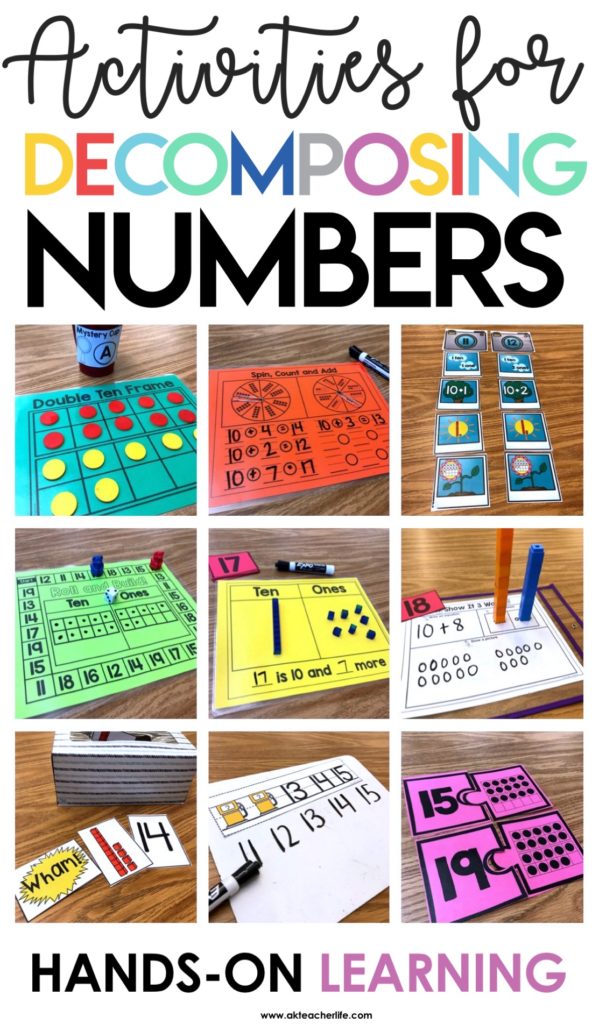
Decomposing Teen Numbers!
In kindergarten, students learn how numbers can decompose (broken into parts) or composed (put together). They develop this idea by building and breaking numbers into parts using a variety of objects, manipulatives, and activities. Depending on their readiness, they write number sentences and equations. Kindergartners learn decomposing on a foundational level and the concepts resurface in first, second, third, fourth, fifth…well, for most of their primary schooling. So, let’s get our students decomposing those tricky teen numbers!
Decomposing teen numbers into ten and some ones can be challenging. Some students may struggle with conceptualizing the “1” in front of a teen number as a “10” and not as “1.” Here are some strategies and activities to help your students learn this concept.
In kindergarten, students explore the meaning of place value with numbers 11 to 19. They also explain and show how they decompose a number to further solidify their understanding.
Strategies that Work
- Provide students a variety of experiences with counting objects into a group of 10 and some more.
- Build it on a double ten frame
- Draw a picture
- Build a number tower
- Model, Model, Model!
- Model putting a group of 10 together and counting the leftover objects. Then, have students do the same. For a math warm-up, have students practice counting objects and then putting them in a group of 10 and some more.
- Model how to connect the equation with the physical models and drawings. This can be done through games and activities.
Hands-On Activities
Here are some activities you can play! All of these activities are from my Decomposing Numbers into Ten and Some Ones Math Centers packet.
Number Mats
Numbers mats are a great way to get students to write number sentences and equations.
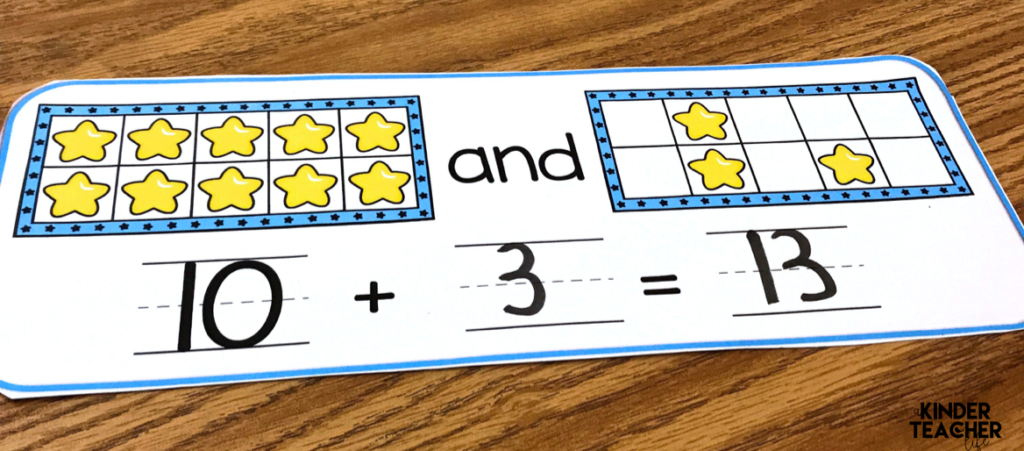
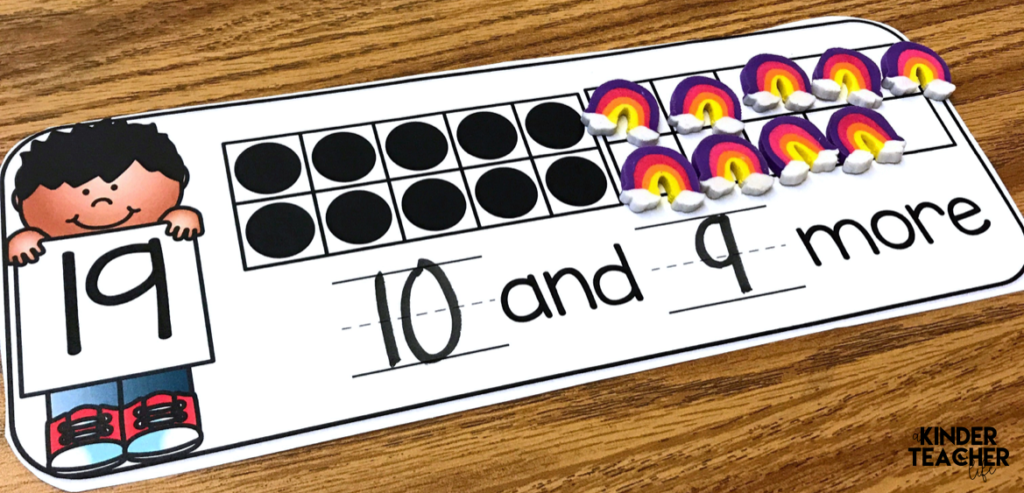
Mystery Bag
I created a count around the room activity called Mystery Bag. Mystery Bag is a counting activity that gets students moving and counting! Students take inventory of objects in mystery bags. To prepare, put objects (same objects on the recording sheet) in a paper bag.
Place the bags in different locations around the room. Have students count around the room and record how many objects are in each bag and write the number.
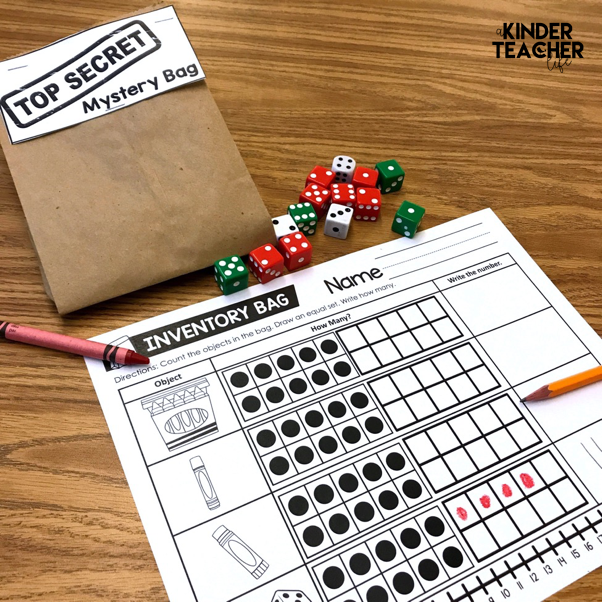
Matching Quantities to the Numeral
My students love this game! It’s so exciting. Have students stick their hand in the mystery box, pull out a card and find the number or the picture that matches that card. If a student makes a match, they can keep it. Then, it is their partner’s turn.
If a student gets a WHAM!, they lose a turn and have to put the card they picked back in the box. Repeat until each card has a match.
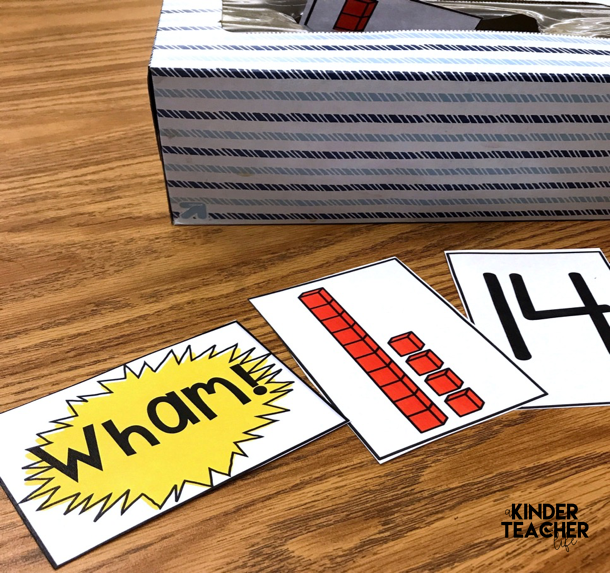
Mystery Number
Put small objects in a cup and have students count and say how many. To help them keep track of how many they have counted, allow them to use a double ten frame. Students record how many objects are in the cup using a recording sheet.
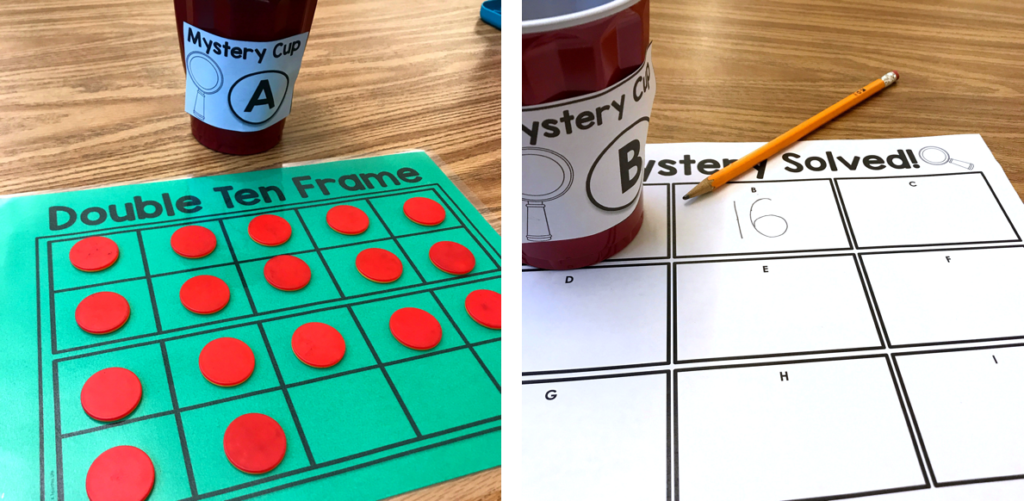
Beep! Beep! Teen Numbers!
You need a deck of cards for numbers 1 – 10 (you can use playing cards for this activity!) They build that number in the empty ten frame. They count how many dots they see in all and write a number sentence and an equation.
If a student has to count to figure out how many dots are in the truck, ask them to tell you what they know about a full ten frame (they should say it is 10). Ask them to count again but this time say “10” and count on.
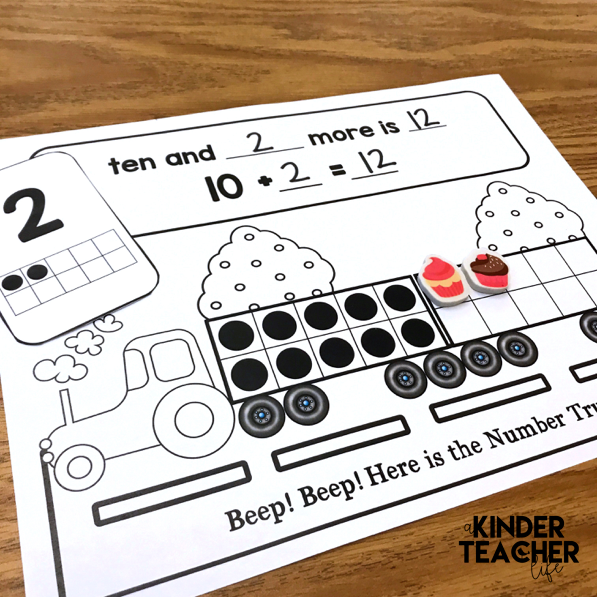
Puzzles!
Puzzles are a fun, hands-on way for students to explore mathematical concepts. I have my students match the numeral with the picture or the numeral with the equation. They also work with a partner so they are using vocabulary and explain their thinking.
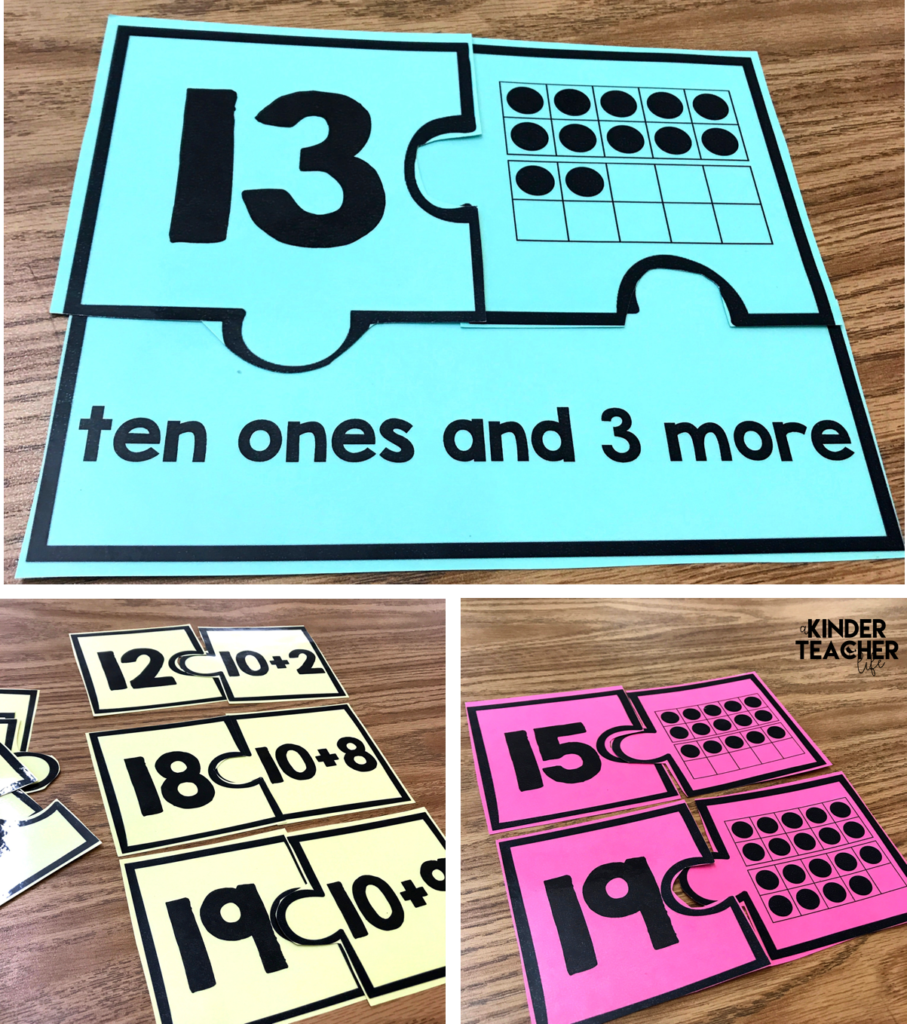
Spin and Record
I love simple and hands-on games like Spin and Record. For this activity, students spin the spinner and count how many in all and write an equation.
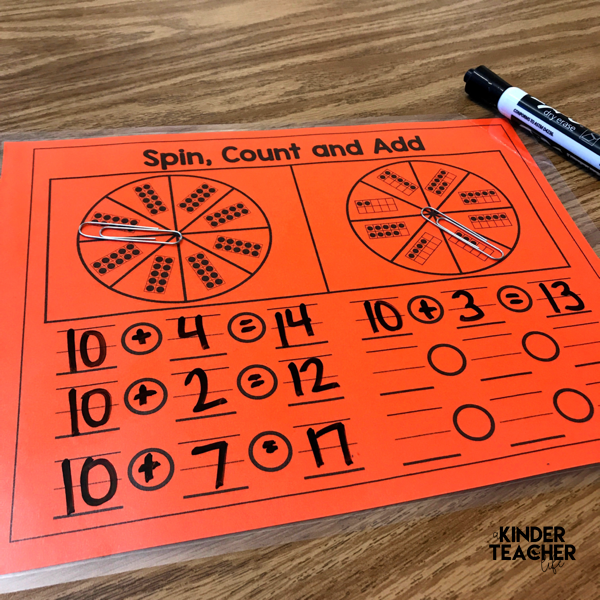
Using a paper clip, students spin a spinner. Then, they break the whole number into ten and some ones and record the number under the correct column.
Students stop playing when all columns are filled.
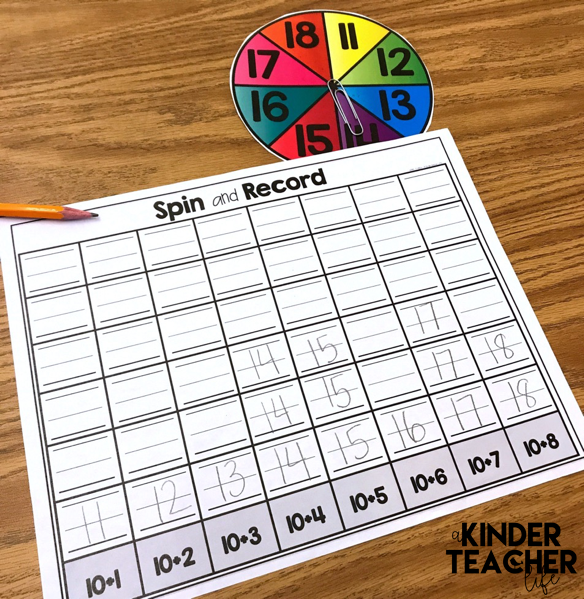
Sorting Activity
I have written about the benefits of sorting activities in kindergarten and this activity is no exception. Students sort number cards 11 – 10. They sort by name (1 ten, 1 one), equation, ten, and some more and how many objects on a ten frame. This is another activity that can be used for collaboration and math talk.
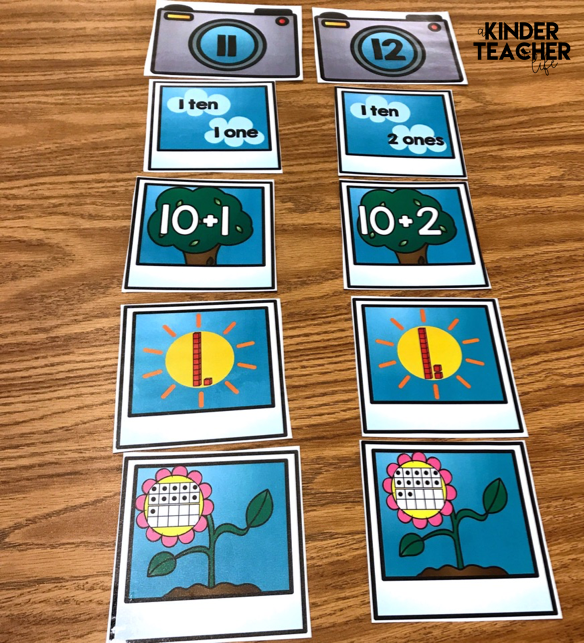
Using Links to Decompose Teen Numbers
This is the “aha” activity that my students needed!
I use this activity to show my students that the ”1” in a teen number is ”10”. First, I model how to use this activity by grabbing the number 13 card (you can use any number). Then, I have 1 student put 1 link under the number one and 3 links under the number 3 and they count and see that it is 4 links altogether.
I would ask, “I thought this number was 13?” and have a student explain or you explain that the 1 is a 10. Then, I put 10 links under the number 1 and 3 links under the number 3 and have the same student count and say how many in all. Then I ask, ” What does the 1 in front of the 3 mean? How do we know?” I put this activity in a center for students to further explore independently or with a partner.
Roll and Build
Can you guess that I LOVE partner games during math? Here’s another partner game your students can play.
Students decompose teen numbers by showing them as ten and some ones. Students roll a die and move their token. The teen number they land on is the number they build using the double ten frame. You can have them use a dry eraser maker or manipulatives.
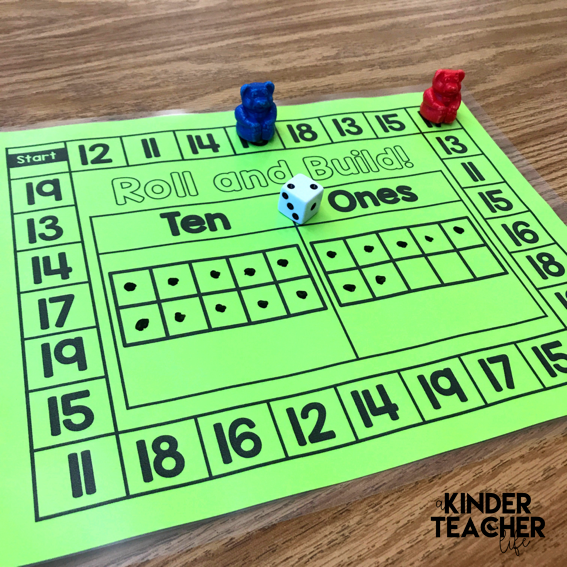
Show it 3 Ways
To be a mathematical expert, you must be a fluent thinker or be able to solve the same problem in multiple ways. For this activity, students decompose teen numbers in 3 ways.
First, they pick a number. Then, they write an equation, build a number tower and draw a picture. When they are done, they can share their work with their partner or with you.
When they are done sharing, they pick a new number card and repeat.
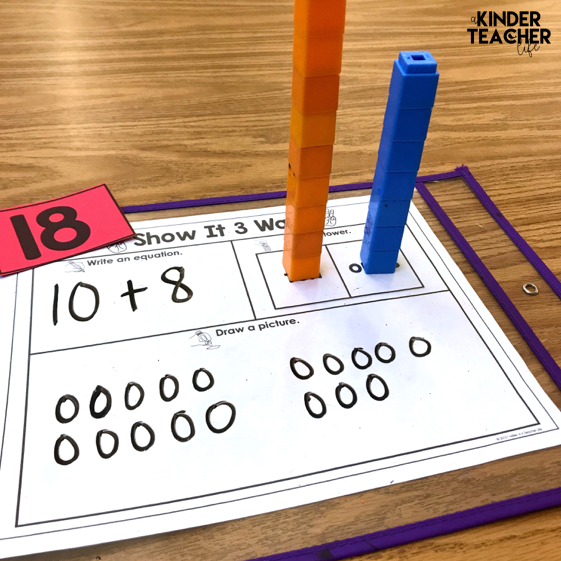
Flip, Build and Show
Time to bust out those base 10 blocks! For this activity, students decompose teen numbers using base 10 blocks.
They flip a number card and build it using base 10 blocks, write an equation or number sentence and share their work with their partner. After they share their work, they clean their board, pick another number and play again.
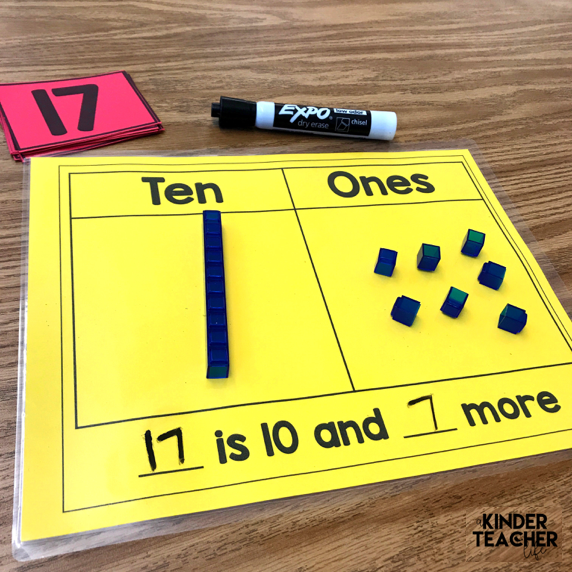
Unlock this freebie: Build and Write Math Activity
When you join the club!
Sign up for my FREE email newsletter and receive a low-prep, interactive shape activity!
Writing Strips
I love these writing strips! It provides additional number writing practice for students that would benefit.
There are 2 writing strips.
Writing Strip #1 – Students practice writing numbers 11 – 19.
Writing Strip #2 – Students write the missing teen numbers.
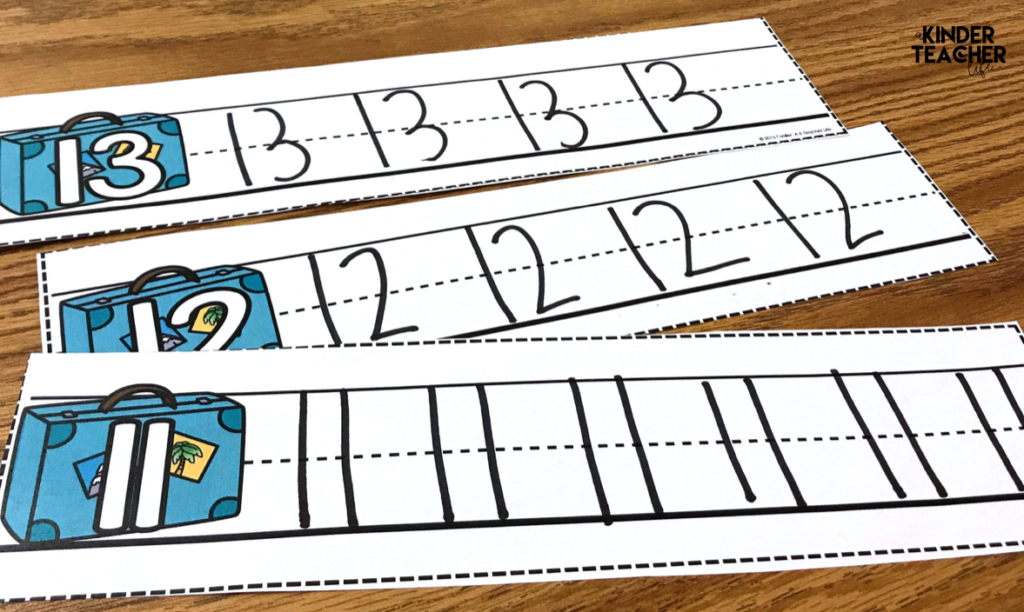
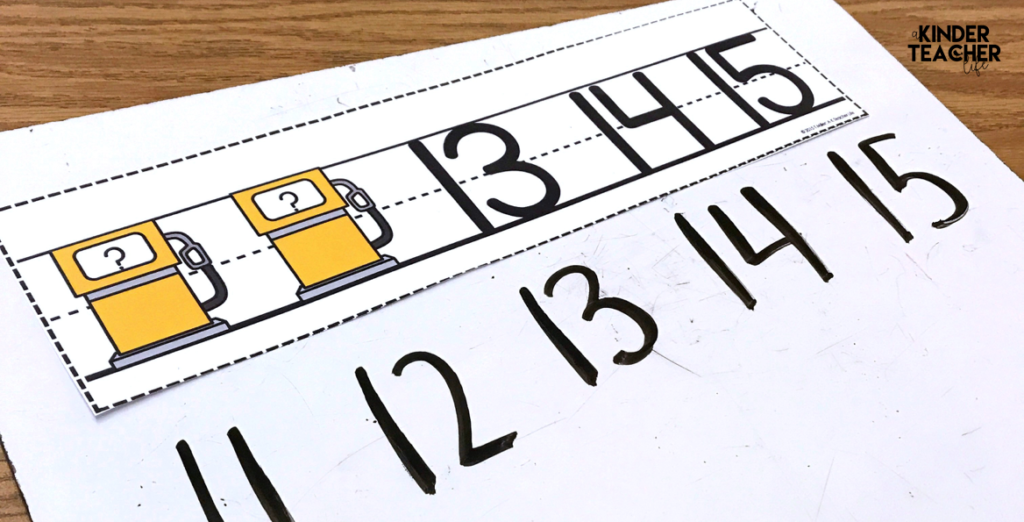
Counting Books
If you follow my blog then you know that I love counting books. Click here and here to download them for free! I made a teen number counting book. The theme is candy jar. Students show teen numbers by drawing a picture, showing it on a double ten frame, and writing the number.
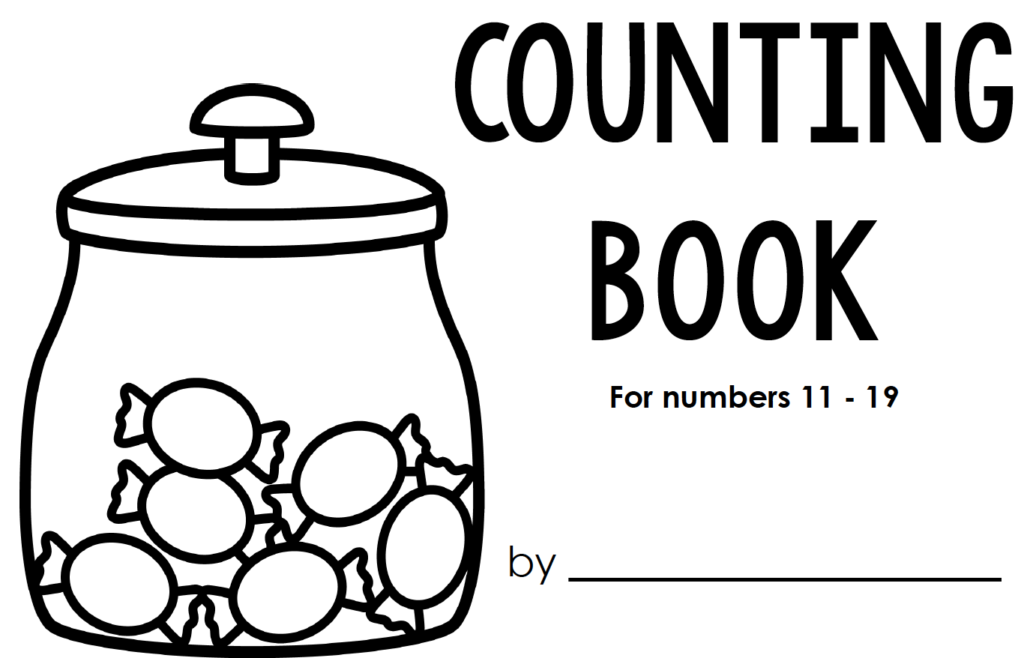
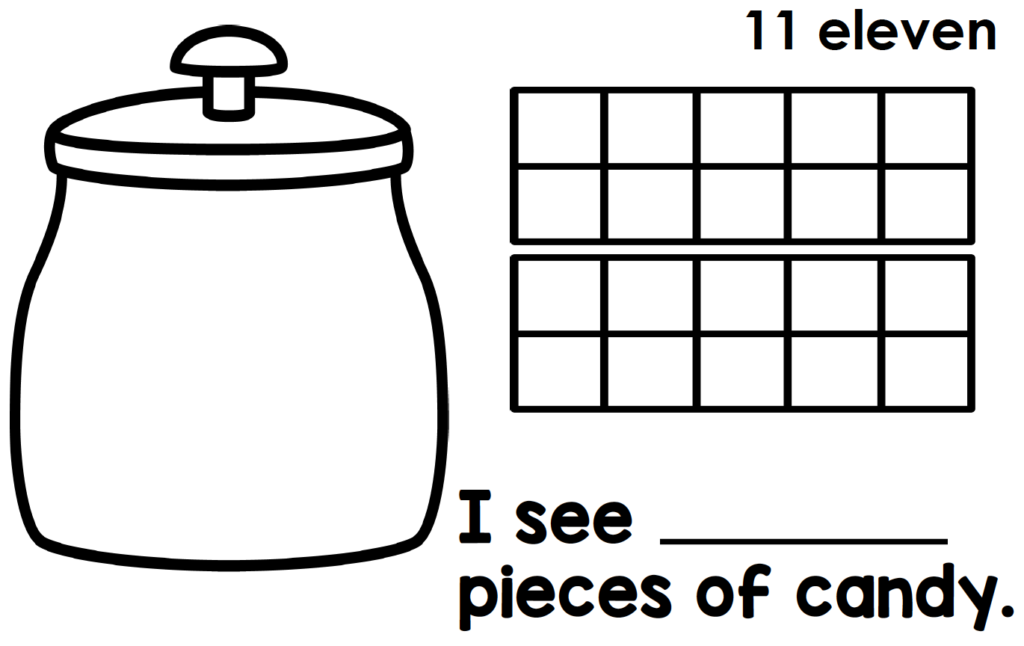
I have also included practice worksheets! You can use these worksheets for morning work, sub work, or math journals.
Interactive Decomposing Game
I used this decomposing game last year and my kinders loved it!
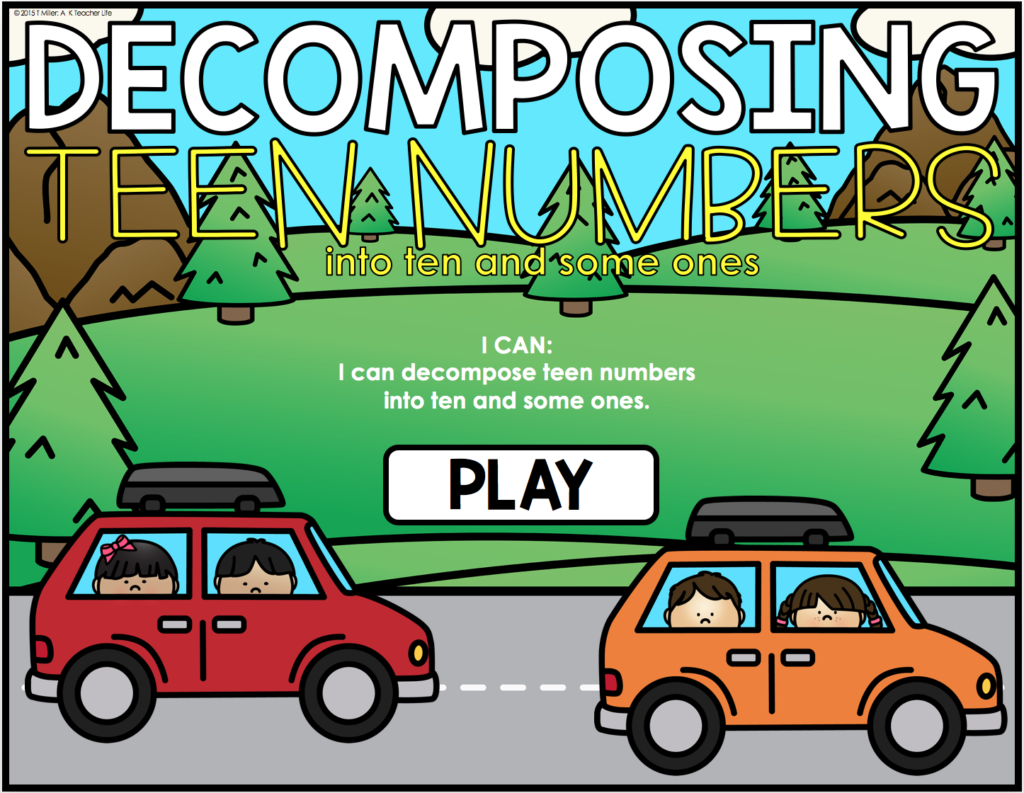
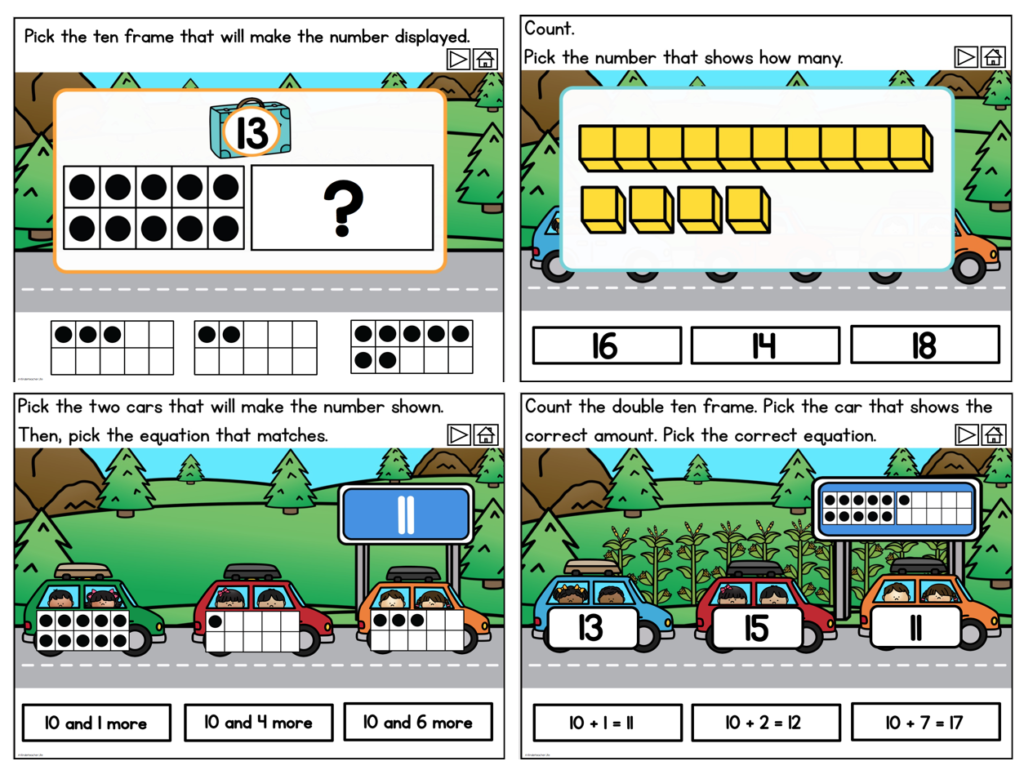
Now, it’s time for the freebie! Please click the image to get Build and Show for free!
Do you want all of these decomposing teen numbers activities? Click the image below!
Want more decomposing activities? Click the image below to learn about 2 hands-on, highly effective math center activities that get my students decomposing numbers!
Happy Teaching,
Tee



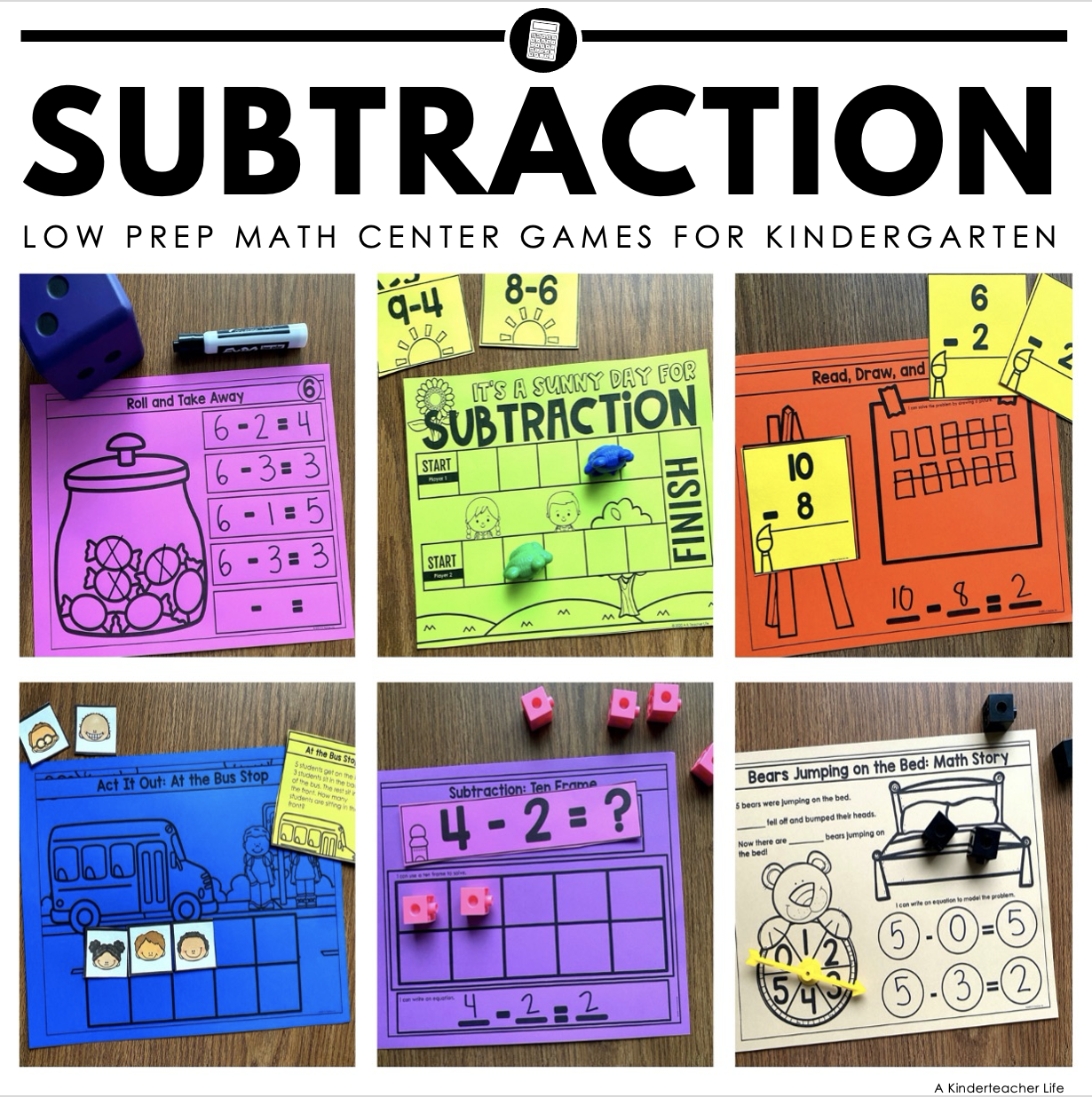
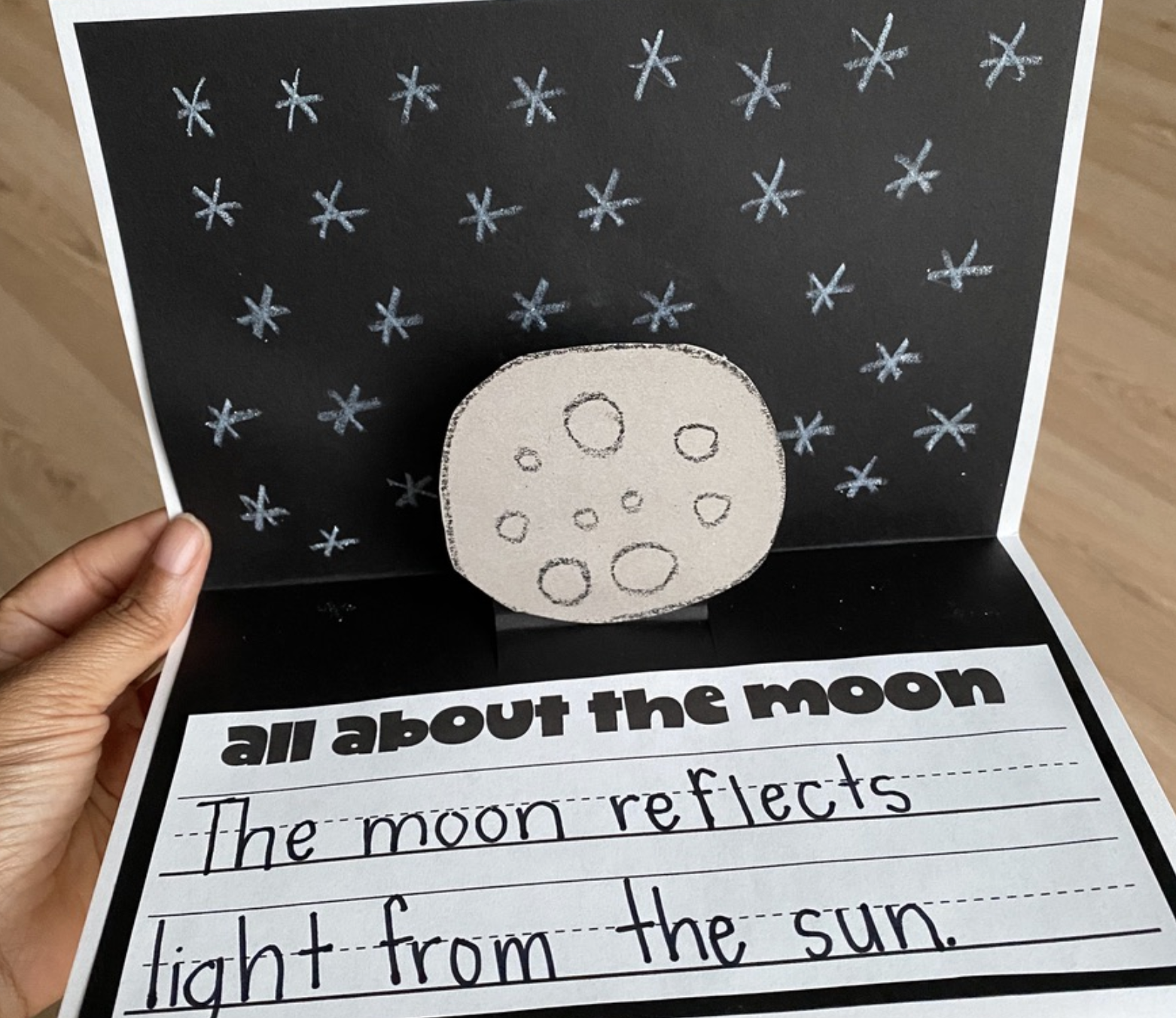

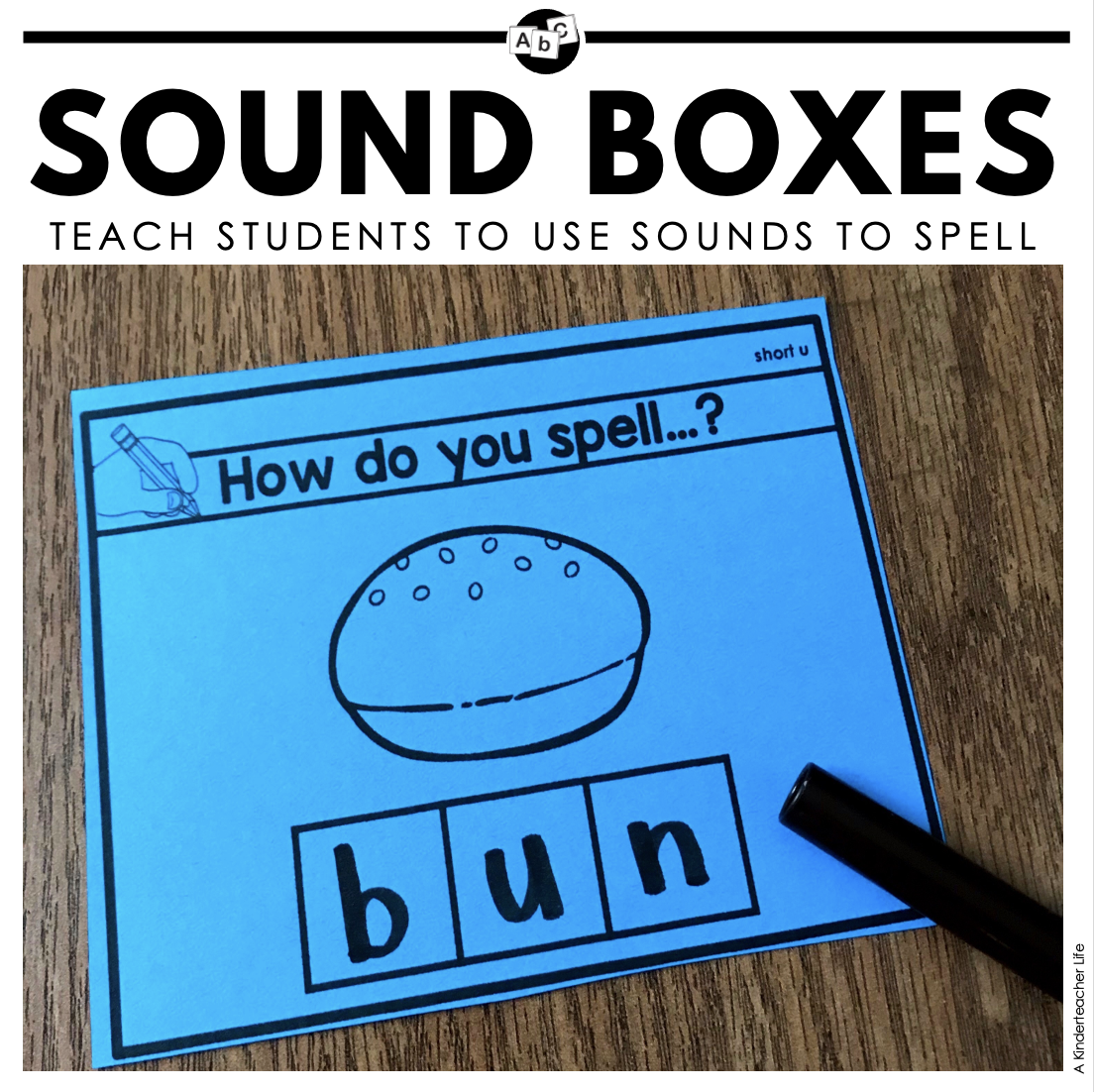
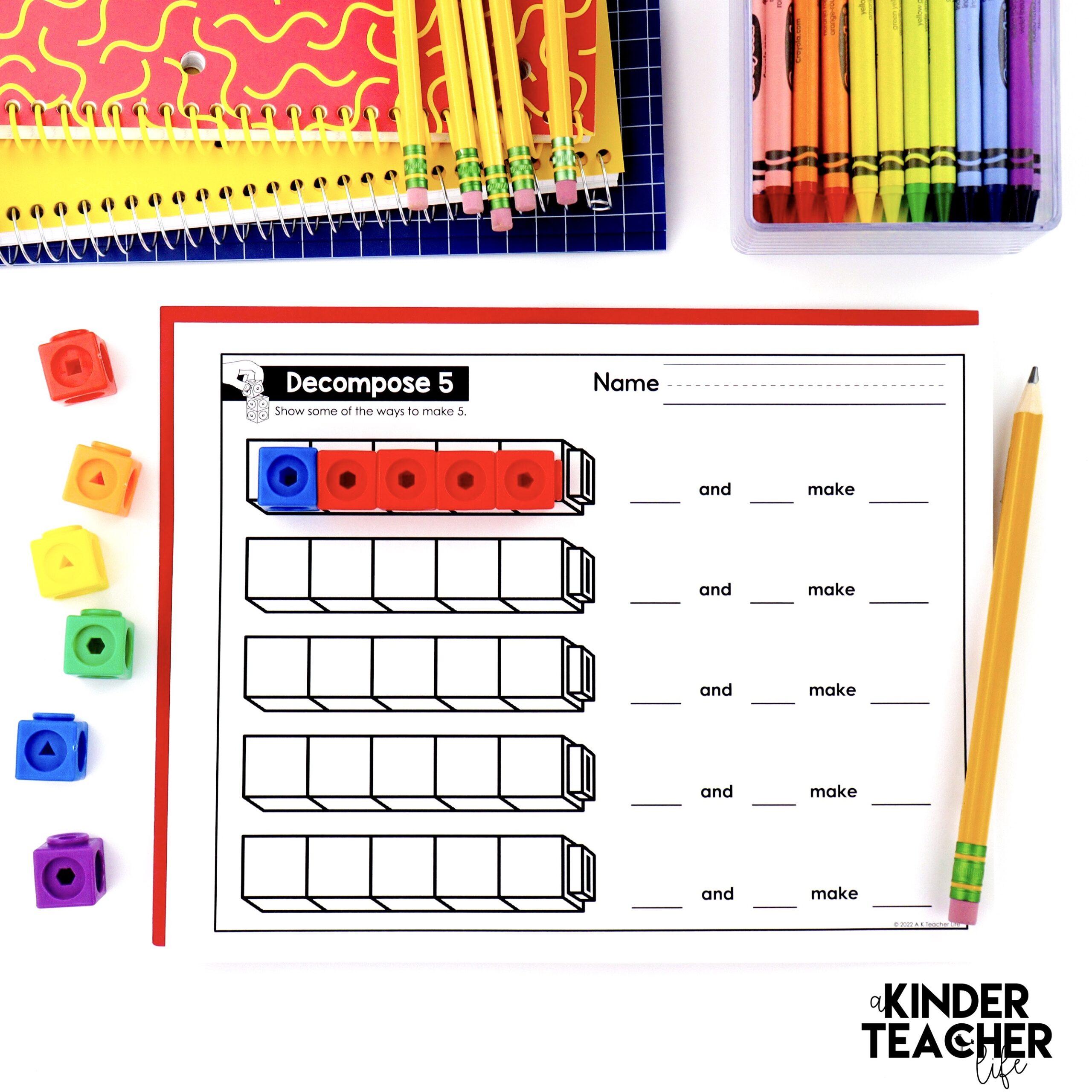
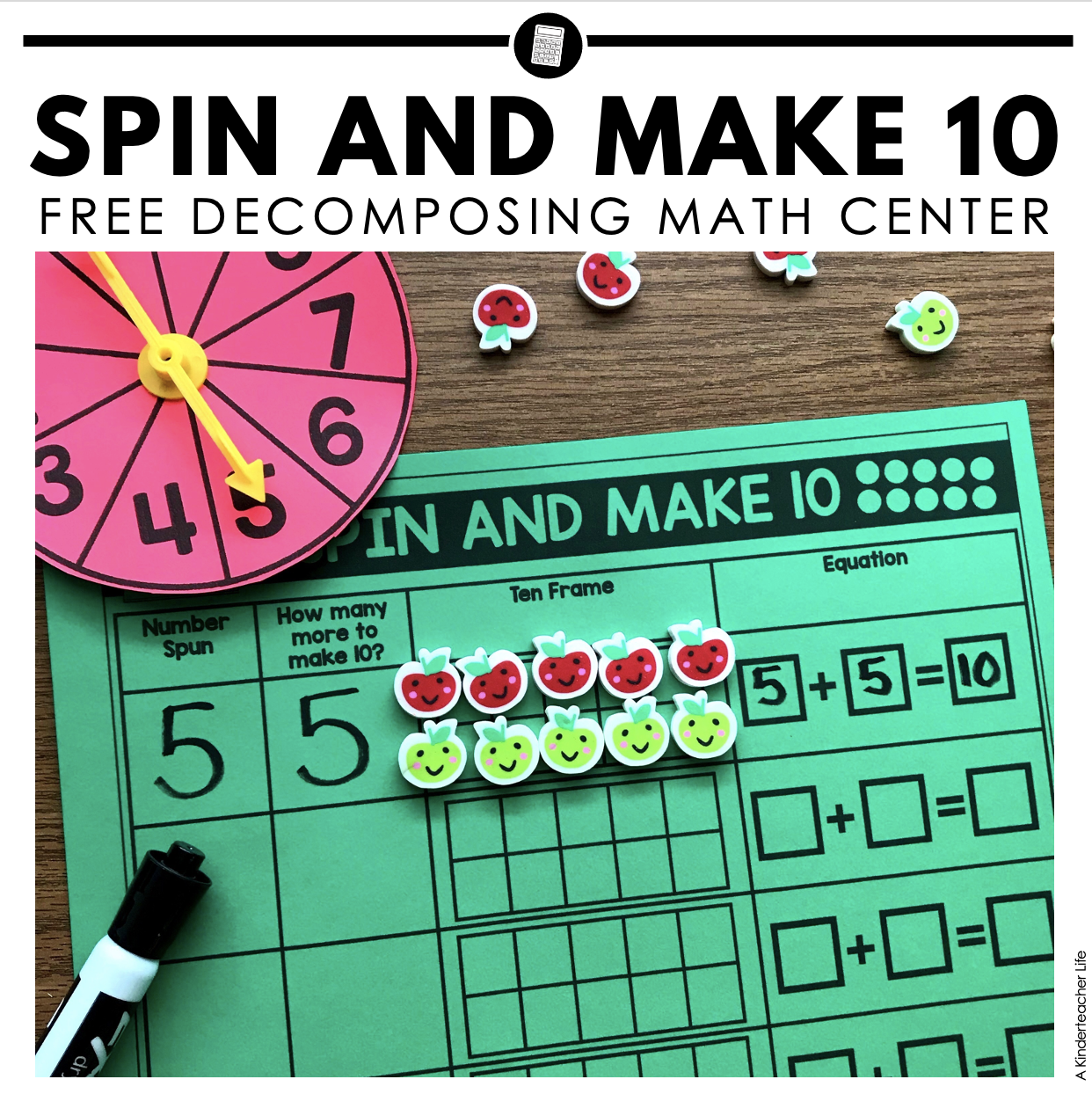

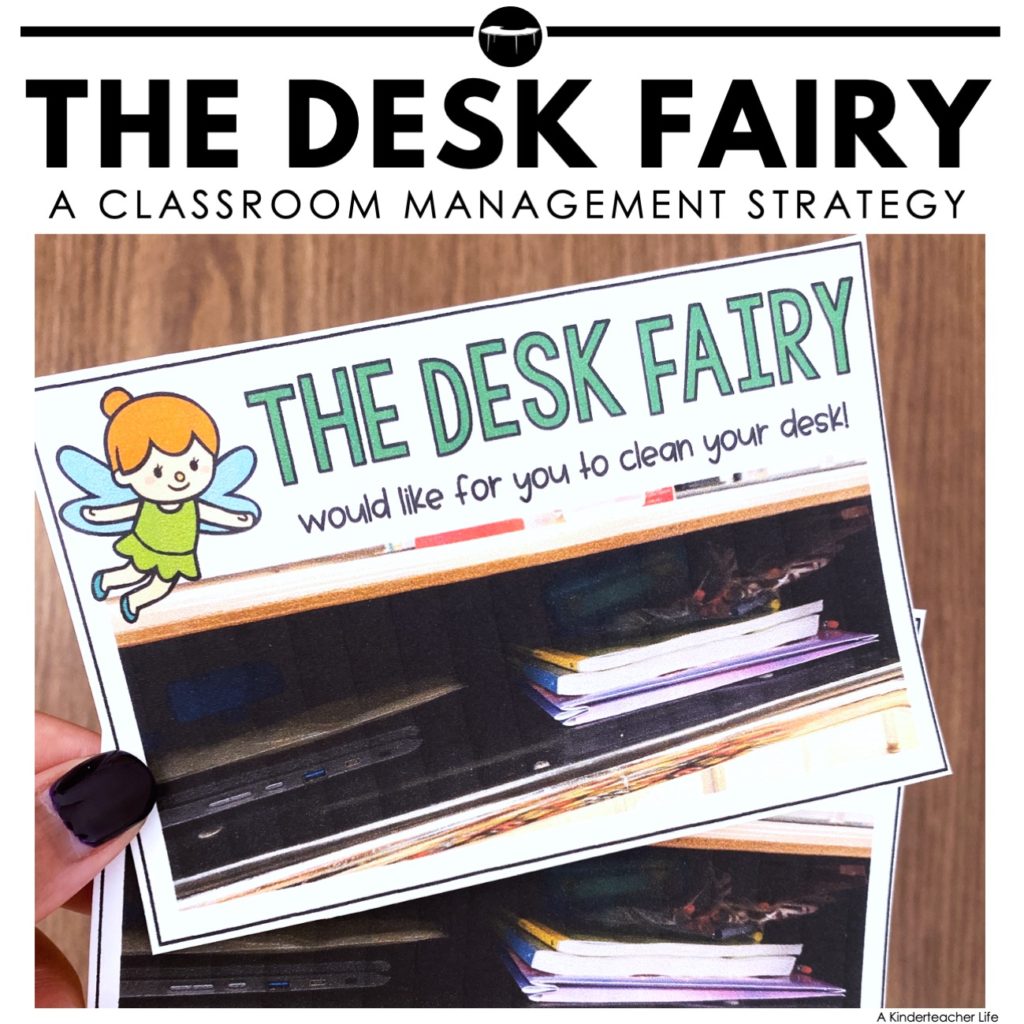
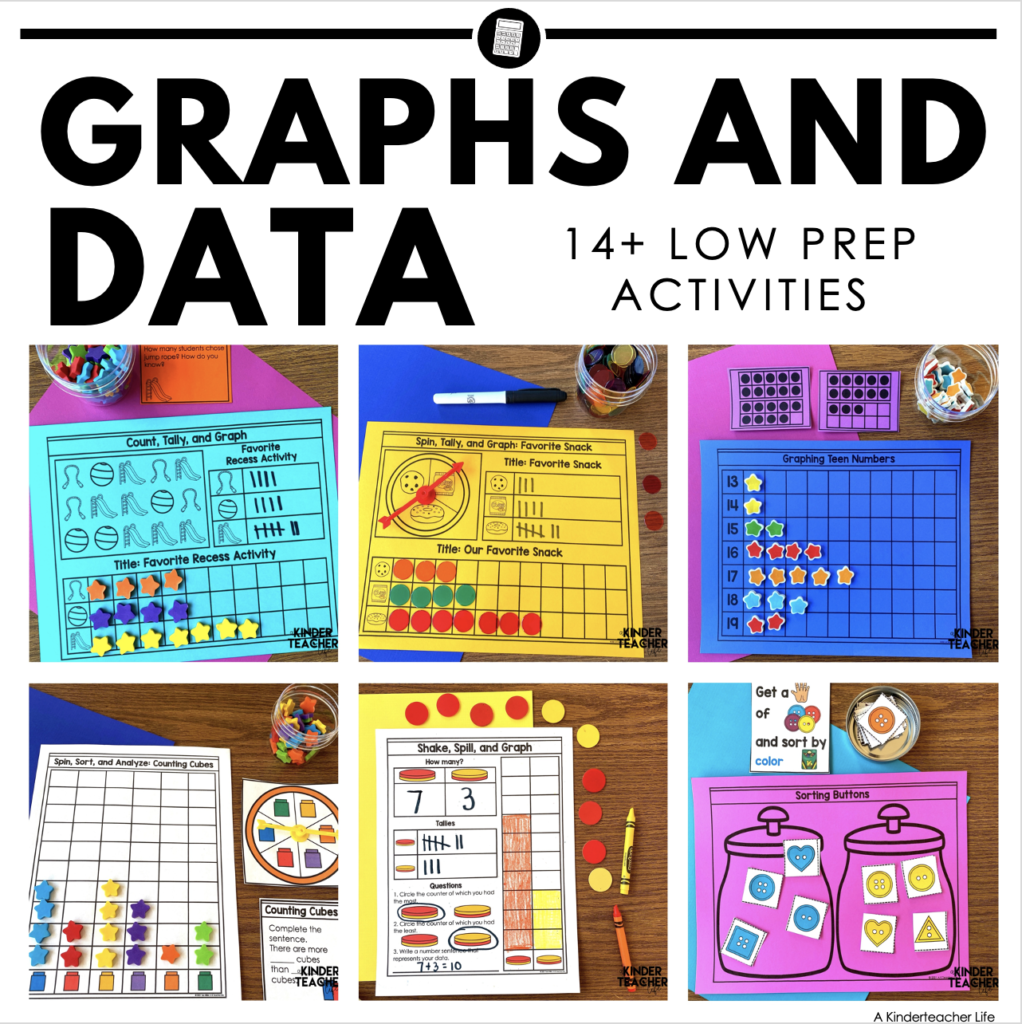

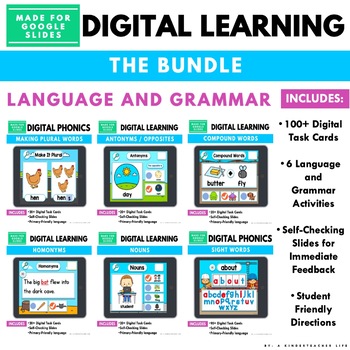
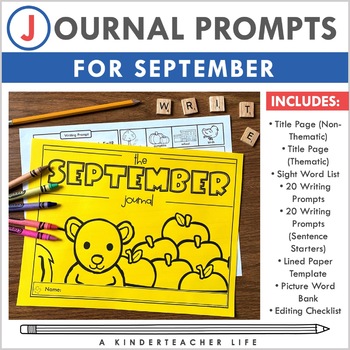
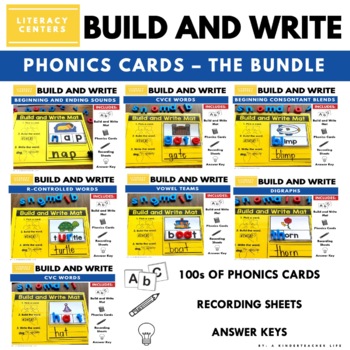

hi where did you get the wonderful game in the screenshot? what is it called?
Hello Tanishe!
I’m glad that you like it! It’s in the Decomposing Teen Numbers packet. It’s here: https://www.teacherspayteachers.com/Product/Decomposing-Teen-Numbers-Math-Center-and-Worksheets-1343120